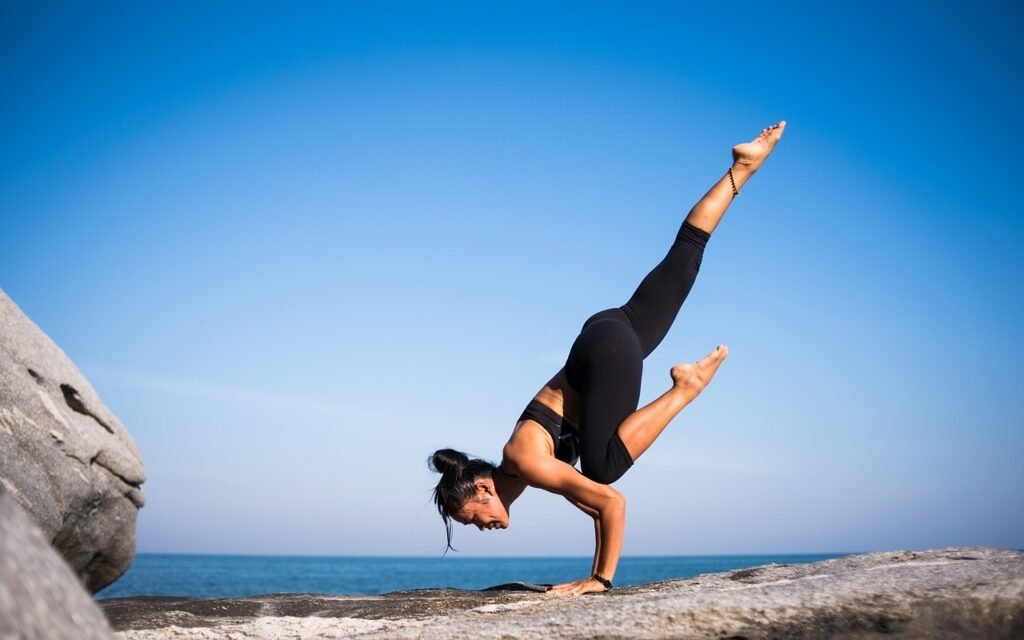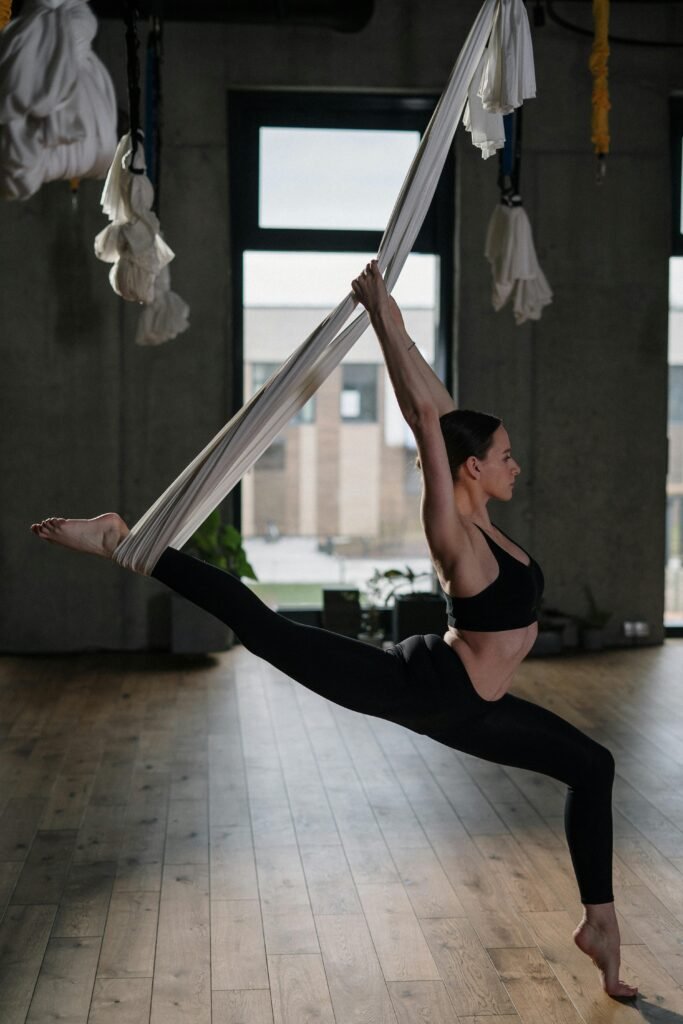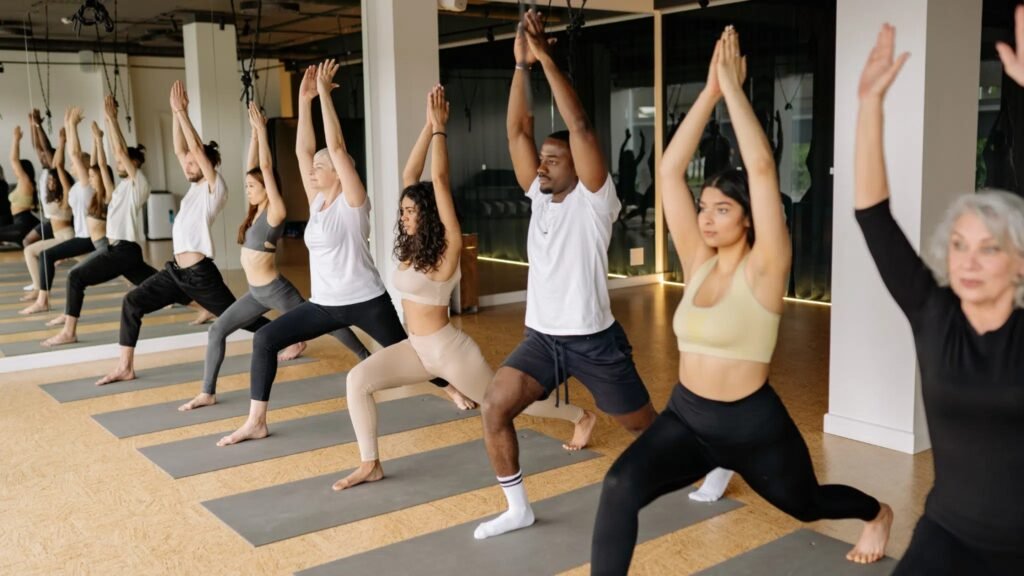Creating high-quality yoga clothing doesn’t have to be complicated. Whether you’re an entrepreneur starting your own activewear brand or simply curious about how yoga apparel is made, understanding the manufacturing process can empower you to make smarter decisions. In this article, we’ll break down the entire process of yoga clothing manufacturing—step by step—in simple, approachable terms.
Understanding the Basics
Yoga wear is designed to be flexible, breathable, and supportive. These qualities are achieved through careful fabric selection, thoughtful design, and precision manufacturing. The goal is to produce garments that move with the body, wick away sweat, and maintain their shape over time.
The key components of any yoga garment include:
- Fabric: Often blends of nylon, spandex, polyester, and bamboo
- Fit: High-stretch, form-fitting silhouettes
- Functionality: Moisture-wicking, anti-odor, four-way stretch
- Design: Seam placement, waistbands, and supportive stitching
Concept and Design: Where It All Begins

Every successful yoga wear product begins with a well-thought-out concept. Designers often draw inspiration from a variety of sources—seasonal color palettes, trending silhouettes, customer feedback, or even cultural influences. The initial sketches lead to digital mockups that form the basis of the technical design package (Tech Pack).
This Tech Pack is a crucial document that outlines every element of the design. It includes:
- Detailed measurements
- Stitching and seam types
- Fabric and trim details
- Color options
- Label placement and branding
During this phase, decisions are also made about inclusivity (such as size range) and sustainability goals. This is when brands might choose to incorporate recycled fabrics or eco-friendly production methods into the garment’s DNA.
Fabric Sourcing: Choosing the Right Materials
The fabric you choose can make or break your yoga wear line. It affects not only comfort and performance but also aesthetics and durability. Yoga clothing typically requires fabrics with excellent stretch, breathability, and recovery.
Here’s a closer look at some commonly used materials:
| Fabric Type | Characteristics | Sustainability Option |
|---|---|---|
| Nylon-Spandex Blend | High stretch, smooth hand feel, moisture-wicking | Partially recyclable |
| Polyester | Quick-drying, durable, holds dye well | Recycled versions (RPET) |
| Bamboo/Modal | Naturally breathable, antibacterial, soft on the skin | Yes, biodegradable |
| Organic Cotton Blends | Comfortable and natural, less stretch | GOTS-certified organic |
Before committing, manufacturers order swatches and perform rigorous testing, including:
- Stretch and recovery tests
- Wash tests (colorfastness, shrinkage)
- Wearability and comfort evaluations
- Pilling resistance
Sampling and Prototyping: Bringing the Idea to Life

Sampling is where ideas become tangible. Manufacturers produce initial prototypes to bring the design to life. This step helps you identify potential flaws before mass production.
Key elements reviewed during the sampling phase:
- Fit and sizing: Is the garment true to size? Does it accommodate movement?
- Construction quality: Are the seams smooth and supportive?
- Fabric performance: How does the fabric respond to yoga poses, sweat, and wash cycles?
Several rounds of revisions are common. Each prototype is refined based on feedback from wear tests, often involving real yoga practitioners who can assess performance during sessions.
Production: From One Sample to Thousands
Once the final prototype is approved, production moves into full swing. The manufacturing process includes:
- Pattern making: Creating digital or physical patterns for each size
- Fabric cutting: Using machines or manual cutters for precision
- Assembly: Sewing and stitching, often using flatlock and overlock machines
- Details: Adding waistbands, inserts, gussets, zippers, or logos
Advanced factories use CAD (Computer-Aided Design) and CAM (Computer-Aided Manufacturing) to optimize efficiency and reduce fabric waste. Quality control is integrated throughout the production line to catch inconsistencies early.
Quality Assurance: Keeping Standards High
No yoga clothing line can succeed without strong quality assurance protocols. Factories conduct inspections throughout the process, not just at the end.
Common QA checkpoints include:
- Packaging correctness
- Stitch consistency
- Fabric defects (holes, runs, uneven dye)
- Sizing accuracy
- Logo and label placement

Some companies also run lab tests for UV protection, odor control, or antibacterial properties if those claims are made.
Eco-Friendly Packaging and Shipping
Modern consumers care about what happens after their purchase too. Packaging and shipping practices are under increasing scrutiny.
Manufacturers and brands are now choosing:
- Compostable poly bags
- Recycled paper tags and boxes
- Minimalist packaging to reduce waste
Shipping options include freight consolidation, carbon-offset programs, and route optimization to lower the environmental impact of distribution.
Choosing the Right Manufacturer
If you’re launching a new yoga wear label, finding the right manufacturing partner is essential. Here’s what to consider:
- Specialization: Factories that focus on activewear understand performance demands.
- Certifications: Look for OEKO-TEX, GOTS, WRAP, or ISO certifications.
- MOQ (Minimum Order Quantity): Some factories accommodate small batch orders; others cater to high-volume clients.
- Sampling policy: How many revisions are allowed? What’s the timeline?
- Communication: Language barriers, time zones, and responsiveness can make or break a project.
A good manufacturer should act as a partner—not just a vendor.
Private Label vs. Custom Manufacturing
Yoga wear brands often choose between two production models:

Private Label:
- Choose from pre-designed styles
- Add your branding (logos, labels)
- Faster production and lower cost
Custom Manufacturing:
- Fully original designs and materials
- Greater flexibility and brand identity
- Longer timelines and higher development costs
Each has its pros and cons depending on your goals, budget, and timeline.
Embracing Sustainability: A Brand Differentiator
In an era of conscious consumerism, eco-friendliness is more than a trend—it’s a brand value. Here’s how yoga clothing manufacturers are making sustainability real:
- Closed-loop dyeing: Minimizes water pollution
- Zero-waste pattern cutting: Uses algorithms to reduce scraps
- Solar-powered factories: Cuts carbon emissions
- Fabric recycling programs: Turn old clothes into new materials
Even small brands can make a big impact by choosing ethical production partners and clearly communicating their values.
Behind the Scenes: Factory Visits and Transparency
More brands are conducting factory visits or working with third-party auditors to ensure compliance with ethical labor practices. Transparency not only builds customer trust but also ensures long-term business success.
Some brands publish:
- A list of their factories
- Audit reports
- Employee testimonials
- Behind-the-scenes videos
This level of openness is quickly becoming a competitive advantage in the yoga apparel space.
Final Thoughts: Simplicity Through Understanding
Yoga clothing manufacturing may seem technical at first, but when broken down into its key stages—design, fabric selection, sampling, production, quality control, and shipping—it becomes entirely approachable.
Whether you’re starting a brand or just want to understand what goes into your favorite leggings, this knowledge empowers you to ask better questions, choose better products, and support better practices.
In the world of wellness, simplicity and clarity matter. And understanding how your yoga clothes are made is one more way to align your external choices with your internal values.

Looking to launch your own yoga wear line? Explore our sourcing, sampling, and production solutions tailored for new and growing brands.



![[JuncoSports]The Insider's Guide to Sourcing High-Quality Wholesale Yoga Apparel](https://www.juncosports.com/wp-content/uploads/2025/07/image-15.jpg)
![[JuncoSports]From Studio to Street: Top 5 Wholesale Yoga Apparel Trends for Maximum Profit](https://www.juncosports.com/wp-content/uploads/2025/07/image-16.jpg)
![[JuncoSports]7 Red Flags to Watch for When Choosing Yoga Clothing Suppliers](https://www.juncosports.com/wp-content/uploads/2025/07/image-17.jpg)
